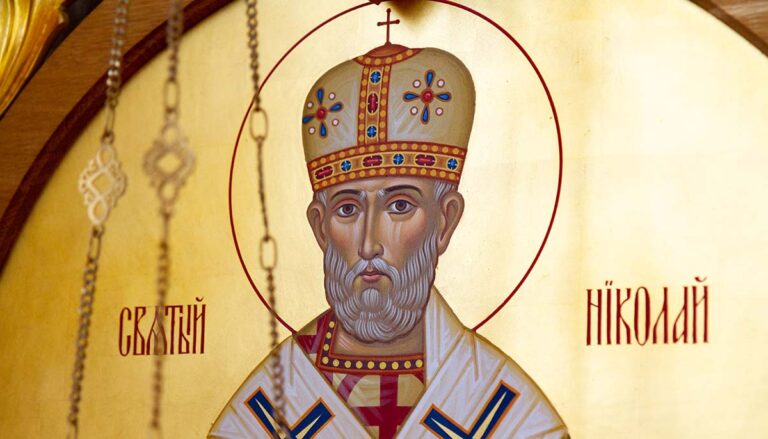Archaeologists have found the tomb of Saint Nicholas, the original “Santa Claus,” who died over 1600 years ago. The saint’s final resting place has been discovered underneath a Byzantine church in Turkey.
Archaeologists find the tomb of Santa Claus
Back in 2017, archaeologists began working at a site in Turkey and found what turned out to be a Byzantine church, which they determined to have been a place of worship for Orthodox Christians between the 5th and 12 centuries, the Daily Mail reported.
The Byzantine church had been damaged and restored several times throughout the 8th and 9th centuries. A previous basilica at the location was destroyed by flooding in the Middle Ages by rising sea levels in the Mediterranean. It was hidden for decades until rediscovered in 1956.
The site was already known as a historic location and had been designated as a UNESCO World Heritage site in 1982, LADBible reported.
Archaeologists continued to work at the site and uncovered mosaic flooring. They used electronic detection equipment and found gaps between the floor and the ground. That led to the further discovery of another mosaic and stone flooring from a previous sanctuary under the one that currently stands.
Removing the flooring of the Byzantine church, archaeologists unearthed the “remains of the first church,” the one where “Saint Nicholas walked.”
Discovery supports Saint Nicholas narrative of church and resting place
This incredible archaeological discovery supports the narrative that Saint Nicholas lived and died in Turkey, the Demirören News Agency reported.
“Now we have reached the remains of the first church and the floor on which Saint Nicholas stepped,” the researchers stated. “The tiling of the floor of the first church, on which Saint Nicholas walked, has been unearthed.”
Saint Nicholas became the Bishop of Myra in the fourth century but was imprisoned shortly thereafter by the Roman emperor Diocletian at a time when Christians were persecuted. Nicholas was later released under the order of Constantine the Great.
Bones taken to Italy not those of Saint Nicholas?
Previously, it was believed that the remains of Saint Nicholas were smuggled to the Italian city of Bari by merchants in the year 1087.
But Turkish archaeologists now suggest the wrong bones were removed, and that those taken belonged to an anonymous priest.
It was believed that Saint Nicholas was buried in his church at Myra, and by the 6th century, his shrine there was established. The discovery of the tomb puts to rest the enduring mystery of where Saint Nicholas was laid to rest.
Who was the real Saint Nicholas?
Today, we associate Saint Nicholas, or Jolly Old St. Nick, with “Santa Claus,” but what was the real Saint Nicholas like?
Saint Nicholas, also called Saint Nicholas of Myra, is assumed to have lived between 270 and 343. While very little is known about him, traditional accounts state that Nicholas was born to a wealthy family of Greek Christians. After his parents died, it is said that Nicholas distributed their wealth to the poor. Nicholas’ uncle, the bishop of the city of Myra, is said to have ordained his nephew as a priest.
One of the most famous incidents from his life was when he rescued three girls from being forced into prostitution by dropping a sack of gold coins through the window of their house each night for three consecutive nights, in order that their father could pay a dowry for each of them.
There are many miracles attributed to Saint Nicholas, which led to him being known as Nicholas the Wonderworker. He is seen as the patron saint of sailors, merchants, archers, repentant thieves, brewers, pawnbrokers, unmarried people, students, and perhaps especially of children.
The modern character of Santa Claus, also known as Saint Nicholas or Saint Nick, is derived partly from the English legendary figure of Saint Nicholas, who is based upon Nicholas of Myra, the patron saint of children.





